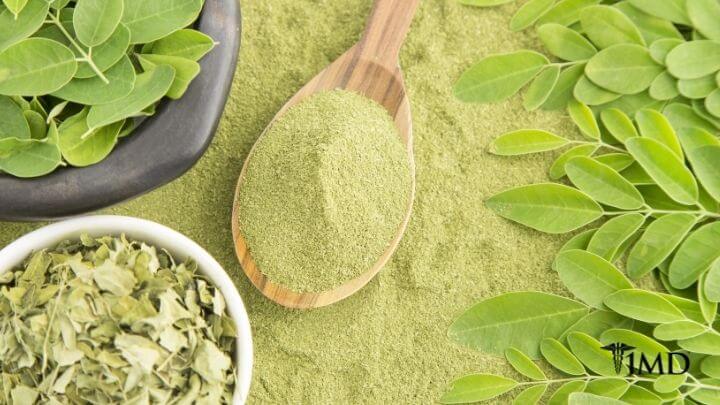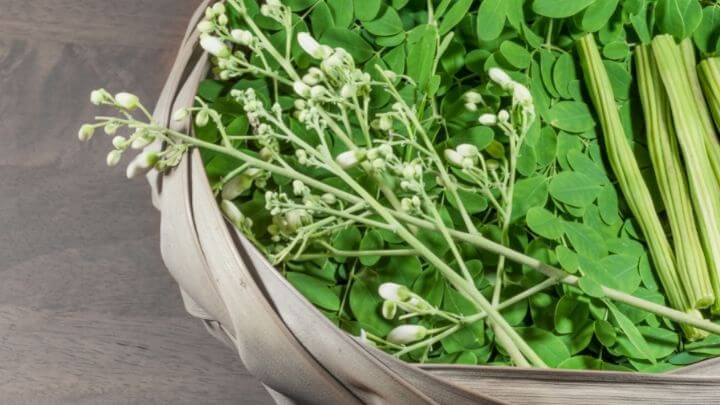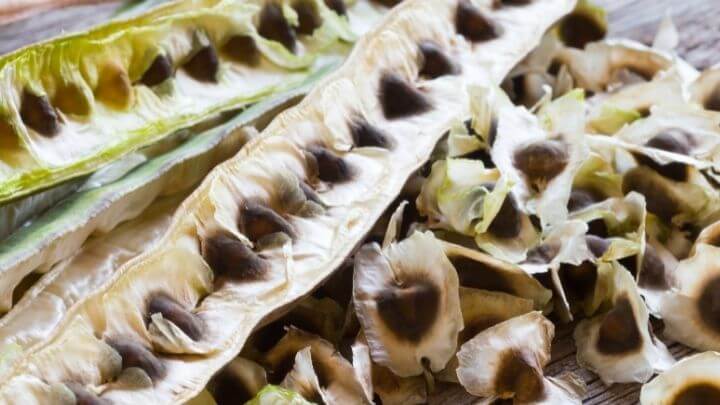The "Miracle Tree of Life" and Its Numerous Reported Health Benefits
5 minute read
Officially known as moringa oleifera, this tree has been recognized for centuries across many continents for its amazing health benefits and exceptional nutritional value. If this is the first time you’ve ever heard of it, here’s your chance to learn about what India and other countries have known for centuries.
Introducing the Moringa Tree
Native to northern India and Pakistan, but cultivated around the globe, the moringa tree is also known as the horseradish or drumstick tree. It has recently begun gaining popularity in Europe and the United States after word spread about its nutritional value and health benefits.
The list of healthful ingredients includes omega-3 fatty acids; protein; iron; calcium; vitamins A, B, & C; and nine essential amino acids.
| Related: Surprising Activia Ingredients & Your Gut Health |
The leaves, blossoms, seeds, drumsticks (immature seed pods), fruit, and roots are all edible and high in nutrients.
The most utilized part of the tree is the leaves, and they have gained the most popularity of late. The leaves are often used in salads, drinks or steamed as a side dish while the flowers offer high doses of potassium and calcium and can easily be consumed by mixing into any meal.
The young fruits of the tree can be eaten raw or prepared in the same way that you would prepare peas or green beans. As for the fully-grown fruits, these are best eaten fried.

The Moringa Leaves
While hard scientific conclusions are still being researched (so take all illness-related claims with a healthy dose of skepticism), the leaves of this powerful tree have been shown to possess some anti-cholesterol and anti-cancer properties. In alternative medicines, the are often used as a sort of panacea.
| Related: How to Build Resilience in Midlife |
The composition of nutrients found in the moringa, however, is proven and is quite impressive. In a 100-gram serving of the leaves, for example, you’ll get
♦ 41% of the daily recommended dose for magnesium
♦ 62% of the daily recommended dose for vitamin C
♦ 19% of the daily recommended dose for calcium
♦ 47% of the recommended dose for vitamin A
♦ 31% of your ideal daily dose of iron
The fiber content of the leaves allows this food to be beneficial for those suffering from malnutrition and can help regulate digestive tracts.
Moringa Seeds
Seeds are often eaten like peas or can be roasted like nuts. These are a tasty, nutritious snack, providing lots of vitamin C as well as some B vitamins and minerals, and even the always-beneficial omega-3 fatty acids.
| Related: 8 Things Your Eyes Are Trying to Tell You About Your Health |
The Moringa Pods
The pods of the moringa tree are mostly used for digestive complications, specifically diarrhea and malnutrition. As a good source of magnesium, potassium, and especially fiber, the pods makes them a candidate for tackling and treating problems within the gut.

The Moringa Bark, Roots and Gum
Both the bark and root are used to treat inflammation as well as cardiac and circulatory problems. The bark also is used to stimulate appetite and help the digestive tract. The roots have been used to treat rheumatism and articular pains by pounding them into a paste mixed with salt.
The Bottom Line
Whether you add the leaves to a salad, make a stew from the drumsticks, or decide to roast the seeds, the important fact here is that the moringa tree can deliver powerful benefits for your health.
| Related: Diet Drinks Triple Your Risk of Stroke and Dementia |
The range of nutrients and extensive health properties contained within this tree may provide some benefit when you need something that may be:
♦ Anti-inflammatory
♦ Anticarcinogenic
♦ Anti-ulceric
♦ Antibacterial
♦ Antifungal
♦ Anti-diabetic
With a resume like this, it is no wonder the moringa tree has earned its name in Eastern medicine as the “Miracle of Life Tree.”












